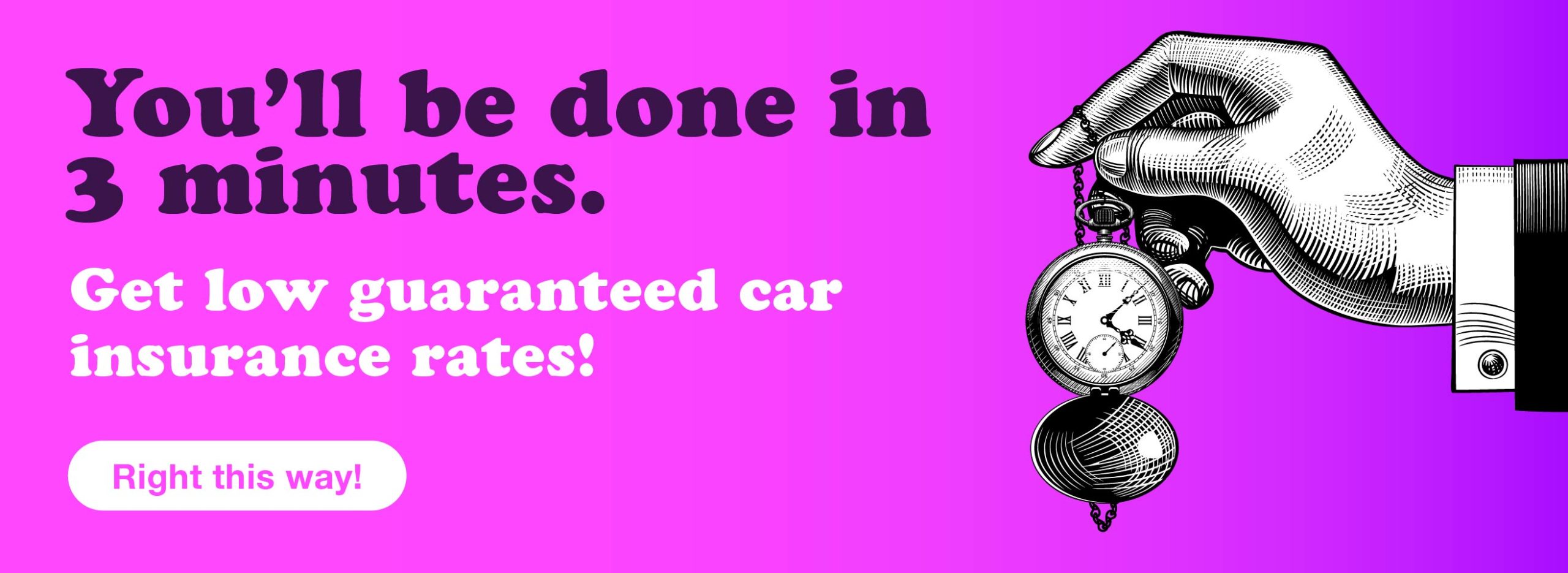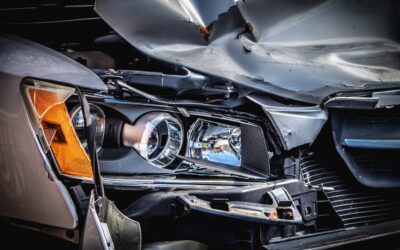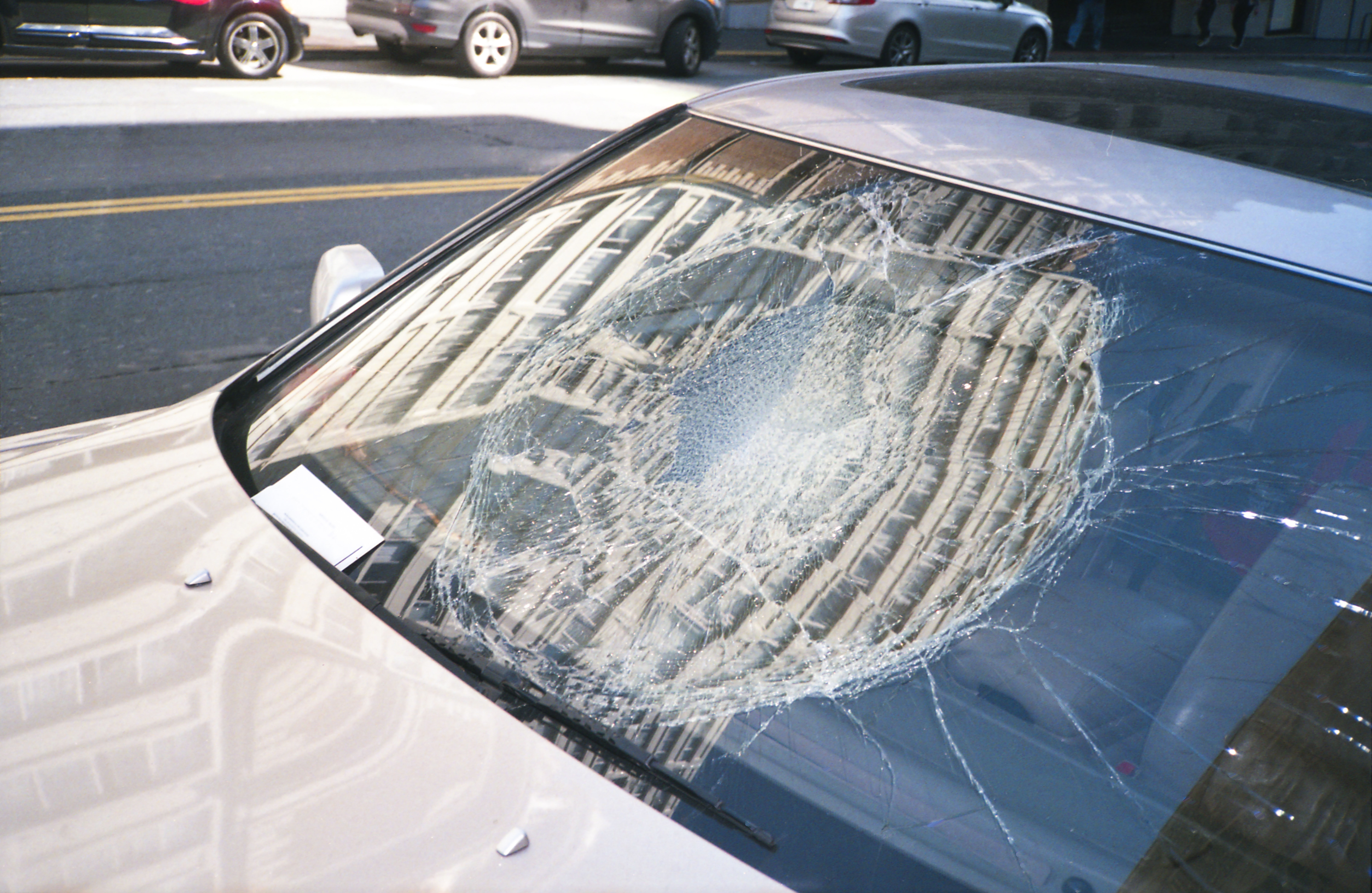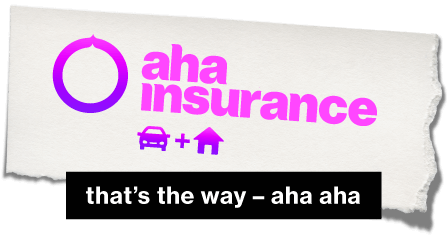We’ve worked with enough motorcycle owners to know that nothing compares to the feeling of riding your bike down a serene stretch of the open road. We also know that feeling is even better when you have the best motorcycle insurance to protect you, your passengers, your ride and your gear. Find out how to get the motorcycle insurance you need at the best price so you can get back to planning your next adventure.
Frequently Asked Questions
Is motorcycle insurance mandatory in Canada?
Just like car insurance, motorcycle insurance is mandatory in Canada. Your motorcycle needs the same coverage as the other vehicles you share the road with, including liability insurance for at-fault accidents, benefits for injuries and coverage for accidents with uninsured automobiles.
What does motorcycle insurance cover?
Your motorcycle insurance can pay for damages for various circumstances depending on the policy you choose. Still, each province has minimum motorcycle insurance requirements. For example, third-party liability insurance is required across Canada, while uninsured driver insurance and direct compensation coverage are not.
Let’s take a look at mandatory motorcycle insurance coverage in more detail:
Third-party liability insurance
liability insurance pays damages and legal fees for injuries and property damage in an at-fault accident. You need Third-party liability (TPL) in all provinces.
In Ontario and Alberta, you must carry a minimum of $200,000 in liability coverage. However, most insurers recommend at least $2,000,000 in coverage to protect yourself from the steep costs of legal and medical fees.
Statutory accident benefits
Statutory accident benefits are required in Ontario and Alberta. Accident benefits pay for medical expenses, rehabilitation, ongoing care, and death benefits, plus earner and non-earner income replacement. These benefits extend to your passengers and apply regardless of which driver/s are responsible for a collision.
Direct compensation for property damage
This is a mandatory Ontario coverage that can pay compensation for damage to your vehicle and its contents. You can also receive coverage for loss of use of your damaged motorcycle and belongings, for example, a rental bike and sidecar, while yours undergo repairs.
Direct compensation coverage comes with several conditions, including that it only covers you if another driver is at fault. Further, the accident must occur in Ontario or between you and at least one other vehicle with Ontario direct compensation coverage.
For accidents where direct compensation insurance doesn’t apply: optional policy add-ons including collision, comprehensive and the other policy endorsements listed below can help you after an accident.
Uninsured driver coverage
Uninsured driver coverage is compulsory in Ontario but not Alberta. Uninsured coverage applies to accidents with uninsured drivers and hit-and-run incidents. Uninsured automobile coverage helps cover the cost of injury or death expenses. However, you can only receive benefits to repair your motorcycle after an accident with an identified uninsured driver.
It’s helpful to speak with an insurance expert about coverage minimums and their recommended coverage limits for your circumstances. You can increase your accident benefits and liability insurance if you prefer more protection.
Are there different types of motorcycle insurance?
In addition to the basic motorcycle insurance categories above, you can purchase additional coverages to protect your ride and wallet from unexpected expenses.
Collision coverage
Collision coverage pays to repair your motorcycle after a collision with one or multiple vehicles. This coverage may also include damage to your bike after colliding with stationary objects like buildings, fences or trees.
Comprehensive coverage
Comprehensive coverage can provide compensation after a more extensive range of events, including:
- Natural disasters
- Falling objects like a tree or hail falling on your bike
- An animal hitting your motorcycle
- Theft
- Fire
- Vandalism and damage from riots or other forms of civil disorder
Waiver of depreciation
If you buy a new motorcycle, a waiver of depreciation insures your vehicle for its full value (not its value minus depreciation) for 1 to 3 years. If your bike were stolen or damaged beyond repair, your insurer would either pay: the price you paid for your motorcycle or the current list price for a bike with similar features.
Some insurers also offer replacement cost coverage, which pays to replace new and used bikes (usually between 5 and 10 years old) after a total loss due to an accident or theft.
Accessories and equipment coverage
In addition to protecting your motorcycle, you can also purchase optional coverage for equipment, accessories and other belongings, including:
- Sidecars and saddlebags
- Windshields
- Other custom modifications or equipment
Personal effects coverage
Riding gear is expensive, and so is your cargo. This insurance covers belongings that ride with you, including gear like helmets, jackets and goggles, as well as other belongings that travel on your bike.
Emergency roadside assistance
Suppose your motorbike breaks down on the road. Roadside assistance can pay for you to get home and your bike towed to the shop for repairs. Roadside assistance also covers refuelling and the cost of a battery jump if you need a little extra help to get up to speed.
Loss of use
An accident could put your bike out of commission for repairs. Loss of use insurance covers the cost of a rental vehicle to keep you on the road while your motorcycle gets the TLC it needs.
Accident Forgiveness
Accident forgiveness is available if you’re an experienced rider with a good driving record. If you experience an at-fault accident, your premiums won’t go up. However, accident forgiveness won’t apply if you receive a major driving conviction like stunt driving, distracted driving, or driving under the influence of drugs or alcohol. After an at-fault accident, you need to wait at least six years until you are eligible for accident forgiveness coverage again.
What are the requisites to get motorcycle insurance?
To purchase motorcycle insurance, you must own a motor vehicle classified as a motorcycle for insurance and licensing purposes. See “What types of bikes need insurance and a licence to operate?” to learn more.
Suppose you own a bike, but a family member is its primary rider. In that case, you can buy motorcycle insurance and list someone else as its principal operator.
You may not need a motorcycle license to purchase insurance, depending on your chosen insurance provider. Still, you’ll need to follow all provincial motorcycle licence rules to take your bike on the road.
Suppose you have a license that functions as a motorcycle learner’s permit (a class 5 licence in Alberta or an M1/M2 licence in Ontario). In that case, you will pay more for coverage than if you are a more experienced rider. You’ll get the best rates in Alberta with a class 6 motorcycle license. In Ontario, you’ll pay less for insurance with a full M licence.
What types of bikes need insurance and a licence to operate?
You need insurance for all motor tricycles, limited-speed motorcycles, mopeds, motor scooters and motor-assisted bicycles that require a driver’s licence. E-bikes don’t require motorcycle insurance, but you may want to cover them as “scheduled property” under your home insurance policy.
Less powerful bikes tend to be more affordable to insure than high-performance sport motorcycles and can come with different licence requirements.
For example, you can drive less powerful mopeds with any vehicle license in Alberta. Still, you need a class 5 or 6 licence to ride a moped that can accelerate faster than 70/km.
In Ontario, mopeds with engines less powerful than 51cc require an LSM (Limited Speed Motorcycle) license. In contrast, motorbikes with 51cc engines and higher require an M class licence.
How much is motorcycle insurance?
If you have a good driving record, motorcycle insurance is often less than what you pay for car insurance. However, you can save more on your motorcycle insurance by bundling coverage for all of the vehicles you own.
In Ontario, the average yearly cost of motorcycle insurance is $1,500 to $3,500. A young driver with an M1 license who lives in Toronto could pay more than $3,500. However, an experienced rider with a good record and a full M license who rides in areas with less traffic will likely pay a rate closer to or below $1,500 annually.
Traffic congestion, accident frequency, crime and claim rates where you live and drive also impact how much you pay for car and motorcycle insurance. Check out our exploration of auto insurance rates in Ontario’s major cities.
In addition to your driving record, experience level, and where and how often you ride, these factors play an essential role in determining how much you pay for motorcycle insurance:
The type of bike you ride
Insurance companies consider the make and model of your motorcycle to determine the risk of providing you with insurance. Powerful bikes designed to easily reach or surpass highway speeds are more costly to insure than motorcycles with less powerful engines.
Motorcycle training programs
Successful completion of a government-approved motorcycle course can help new riders earn an insurance discount. Not all insurers offer training discounts, while others have specific course requirements, so check with your insurance representative before enrolling.
The specifics of your insurance coverage
If you purchase the minimum required insurance coverage in your province, your policy will be cheaper. However, increasing your coverage limits for mandatory insurance and purchasing optional policy additions protect you and your bike from the financial burden of incidents that can’t be covered in whole or in part by a basic motorcycle insurance policy.
Similarly, a higher insurance deductible will save you money when paying your premium. Still, it’s crucial to consider what you’ll pay if you need to make a claim. In that case, you could pay $1,000 instead of $500 for a claim if you decide to increase your deductible by $500.
Can I get temporary motorcycle insurance?
Insurance experts don’t recommend purchasing motorcycle insurance and cancelling your policy once you park your bike for the winter. You could face early cancellation fees and not have coverage if your bike is damaged in storage. Gaps in your motorcycle insurance can also make your bike more expensive to insure next riding season.
In Alberta and Ontario, insurers know most of your rides will occur in the late spring, summer and early fall. Therefore, motorcycle insurance premiums are based only on when you can ride (April to October). Suppose you cancel your policy after these six months. In that case, there is no premium return, so there is no advantage to cancelling your policy for the winter months. Your premiums are weighted for only the months you ride your bike.
In addition, bundling all of your vehicles and home insurance with an insurer can give you access to exclusive discounts. Learn more about how you can save on auto insurance.
Like car insurance, many factors determine how much you pay to insure your motorcycle. The best way to determine your premium price is to get a quote from a registered insurance broker representing Canada’s top motorcycle insurance companies. Start your quote here to protect your bike and your peace of mind while you enjoy the thrill of the ride.







